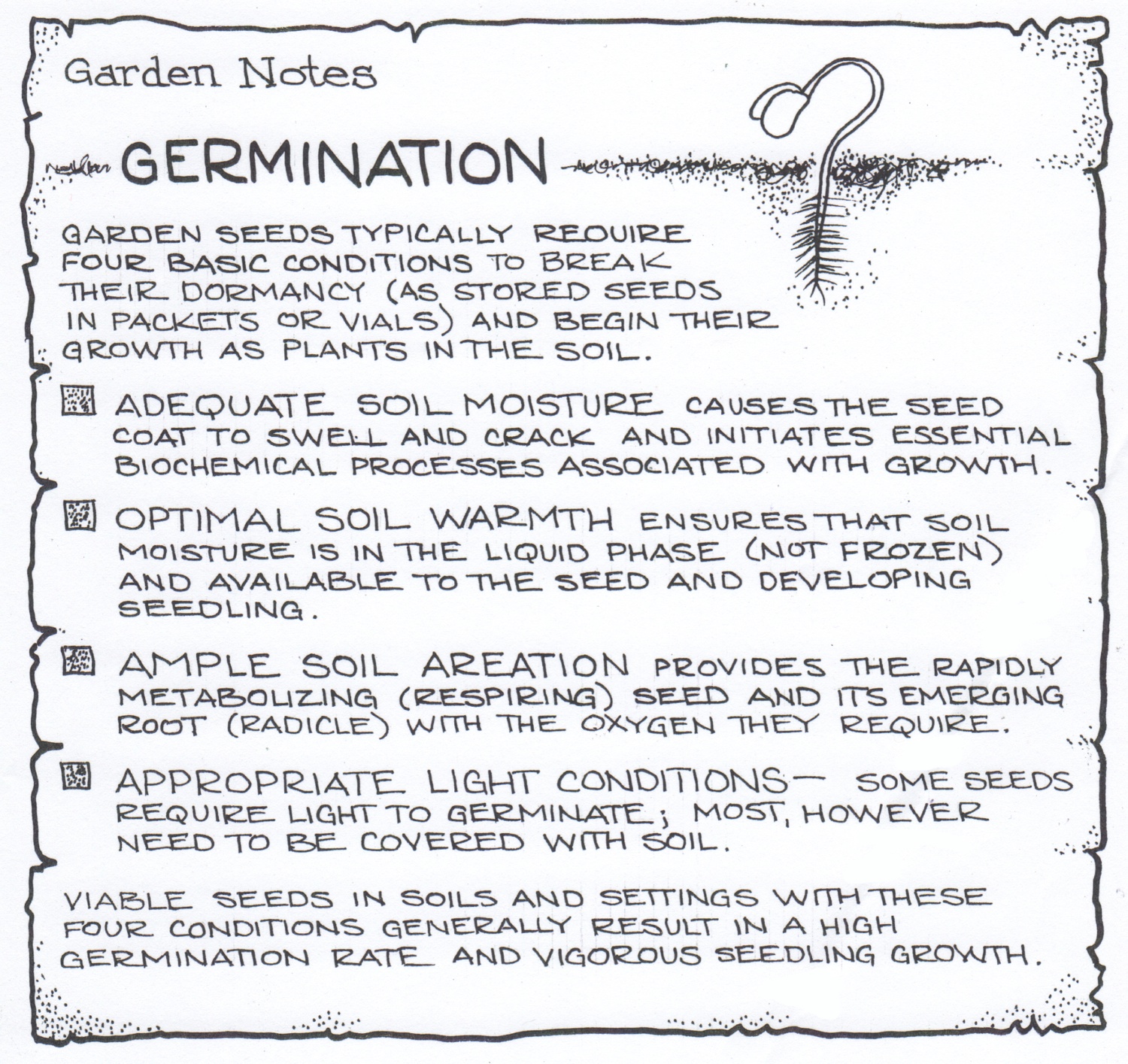We humans are largely dependent on plants grown on land-- cropland. Our most important croplands are the planet's former grasslands, typically located in the middle of continents: the U. S. Great Plains, the steppes of Eurasia, the pampas of South America, etc.
The essential climate-derived ingredient required to grow crops anywhere on land is soil moisture. Except in times of extreme drought, I doubt if many of us dependent on plant food (with the exception of farmers) ever think about soil moisture.
Below is an illustration I prepared that links climate change (as predicted by scientific models and as borne out by the experience of the last few decades) with soil moisture. The prediction that continental interiors will be warmer and drier is particularly significant.
You can use your imagination to link soil moisture with what's on your dinner plate.
Diagram showing relationships between climate change and soil moisture. © Fred Montague


